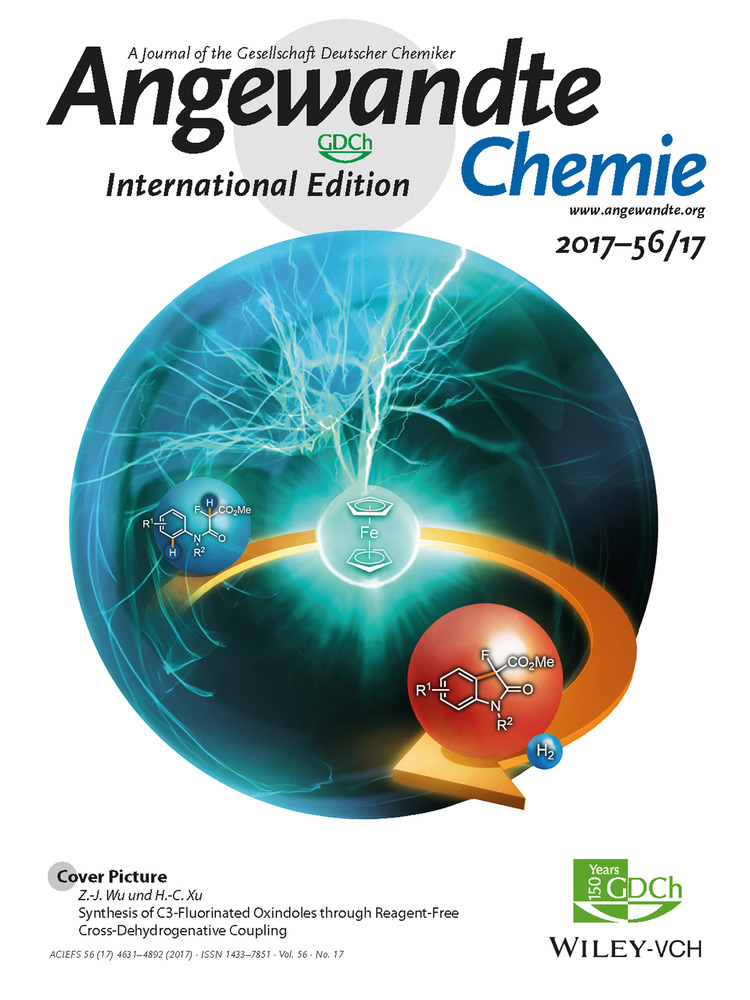Palladium-Catalyzed Fluorosulfonylvinylation of Organic Iodides
Graphical Abstract
Adding a fluorosulfonylvinyl group: Catalytic Pd(OAc)2 with a stoichiometric amount of silver(I) trifluoroacetate enables the coupling process between either an (hetero)aryl or alkenyl iodide with ethenesulfonyl fluoride. The method is demonstrated in the successful syntheses of eighty-eight otherwise difficult to access compounds, in up to 99 % yields. The method does not require base, phosphine ligand, anhydrous solvent, or an inert atmosphere.
Abstract
A palladium-catalyzed fluorosulfonylvinylation reaction of organic iodides is described. Catalytic Pd(OAc)2 with a stoichiometric amount of silver(I) trifluoroacetate enables the coupling process between either an (hetero)aryl or alkenyl iodide with ethenesulfonyl fluoride (ESF). The method is demonstrated in the successful syntheses of eighty-eight otherwise difficult to access compounds, in up to 99 % yields, including the unprecedented 2-heteroarylethenesulfonyl fluorides and 1,3-dienylsulfonyl fluorides.





